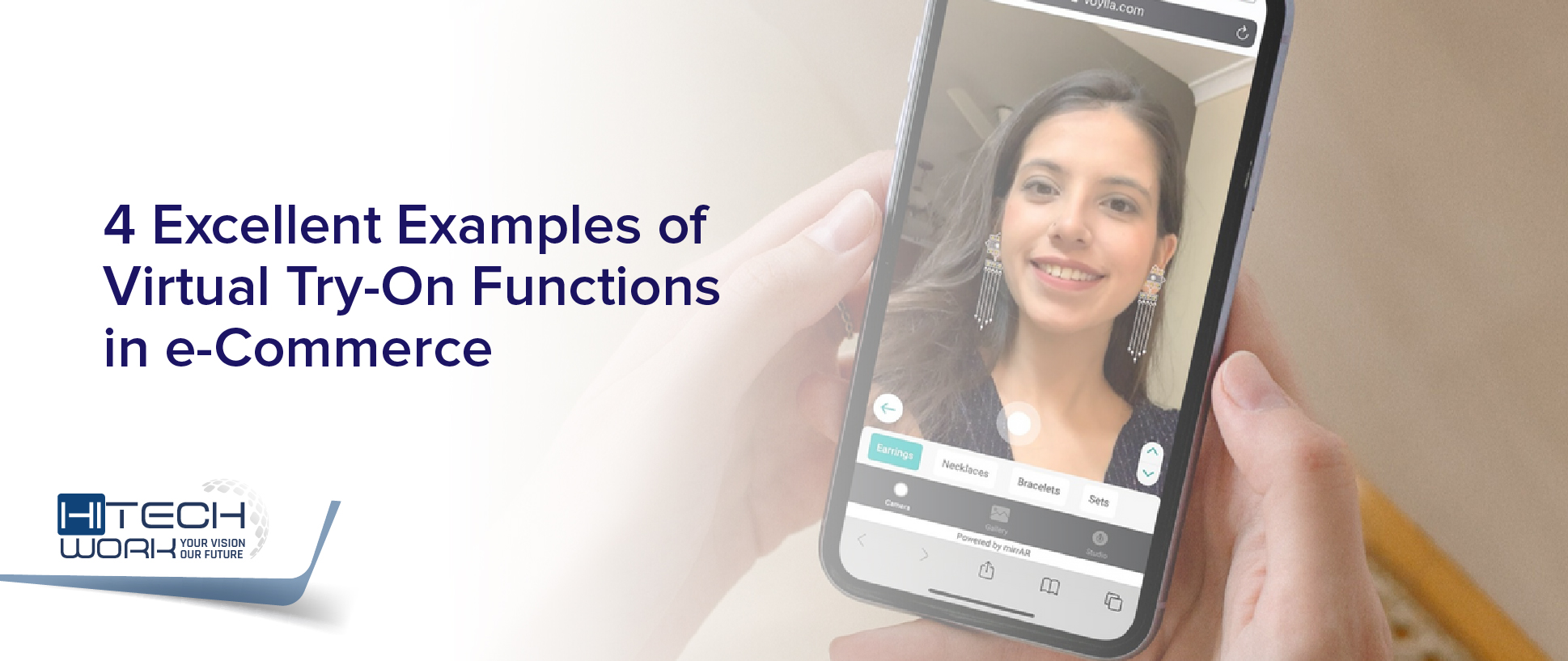
For retail e-commerce, businesses have to consider various expenses that go into a customer’s shopping experience. One recent problem cropping up for big and small businesses recently is the cost of product returns. A recent report revealed that only 24% of shoppers want to pay for returns, based on a survey of over 8,000 customers across the US, UK, Canada, Australia, Germany, France, Italy, and Spain. Industry experts suggest that inflation may be a key factor impacting how much people want to spend on purchases.
For businesses to find a way around this, it’s essential to understand how to reduce or prevent product returns in the first place. One of the many ways businesses can do this is by offering virtual try-on experiences. Today, various companies employ this augmented reality (AR) powered technology to provide consumers with an engaging and immersive shopping experience. In this post, we’ll look at four excellent examples of virtual try-ons in e-commerce:
Virtual try-on in clothing
For fashion and clothing companies, virtual try-on features offer a digital alternative to physical fitting rooms in stores. In a previous post, we highlighted how AI-powered software Wondershare Virtulook transforms the online shopping experience, including its Try-On Generation feature. Described as the future of fashion visualization, Try-On Generation offers AI-generated model try-on images, helping customers virtually try on clothing and accessories.
Shoppers may hesitate to buy clothing online due to sizing and expectation issues. There are instances where clothing items may appear different in person compared to their pictures online. Additionally, consumers may have trouble comparing different clothing styles on website models with different body shapes and sizes. Virtual try-on is a great way to ensure customers know exactly what they’re getting when they order clothing online.
Virtual try-on in eyewear
Like clothing, buying eyewear can also be a challenge for people who may want to ensure they get as much style as they do eye protection or vision correction. Nowadays, various online eyewear retailers offer a host of designer sunglasses that come in various styles and shapes. Some may prefer Burberry’s angular cat-eye style, while others may want Ray-Ban’s rounded Aviators for their face shape. Not to mention, certain frame colors may compliment specific skin tones better.
Virtual try-on on eyewear lets shoppers view how glasses look on their faces in real-time and in 3D. Today, eyewear retailers offer virtual try-on features via smartphones and computers, as customers only need a device with a working Internet connection and a camera to use the function. Some retailers may also offer AI-powered suggestions for the right shades based on images or videos consumers upload of their faces.
Virtual try-on in cosmetics
Other products that benefit from virtual try-ons are makeup and cosmetics. Today, companies create personalized cosmetic products to cater to various needs, from skin types to color and complexion. Using AI and AR technologies, cosmetic companies can allow customers to choose cosmetic products based on different shade ranges and product formulations to fit their needs and preferences best.
Buying makeup products online is often risky for consumers with different skin tones and complexions from the models shown on websites and applications. Cosmetic companies also cite the environmental benefits of using virtual try-ons for their products, as brands and manufacturers produce fewer products and reduce overall waste in the production lifecycle.
Virtual try-on in home decor
Lastly, virtual try-on isn’t restricted to human faces and bodies. Swedish furniture retailer IKEA introduced its new virtual design tool in 2022, which allows shoppers to augment virtual furniture onto real-life spaces and rooms. The company’s Scene Scanner lets customers scan rooms and erase existing furniture so they can place and see virtual IKEA products in their place.
The new design tool allows customers to see how the furniture looks in tandem with other existing furniture, flooring, and wall colors and textures. Compared to fashion and beauty, furniture can be costly purchases, so ensuring customers get what they want and need for their spaces through a virtual try-on is a valuable business move.





